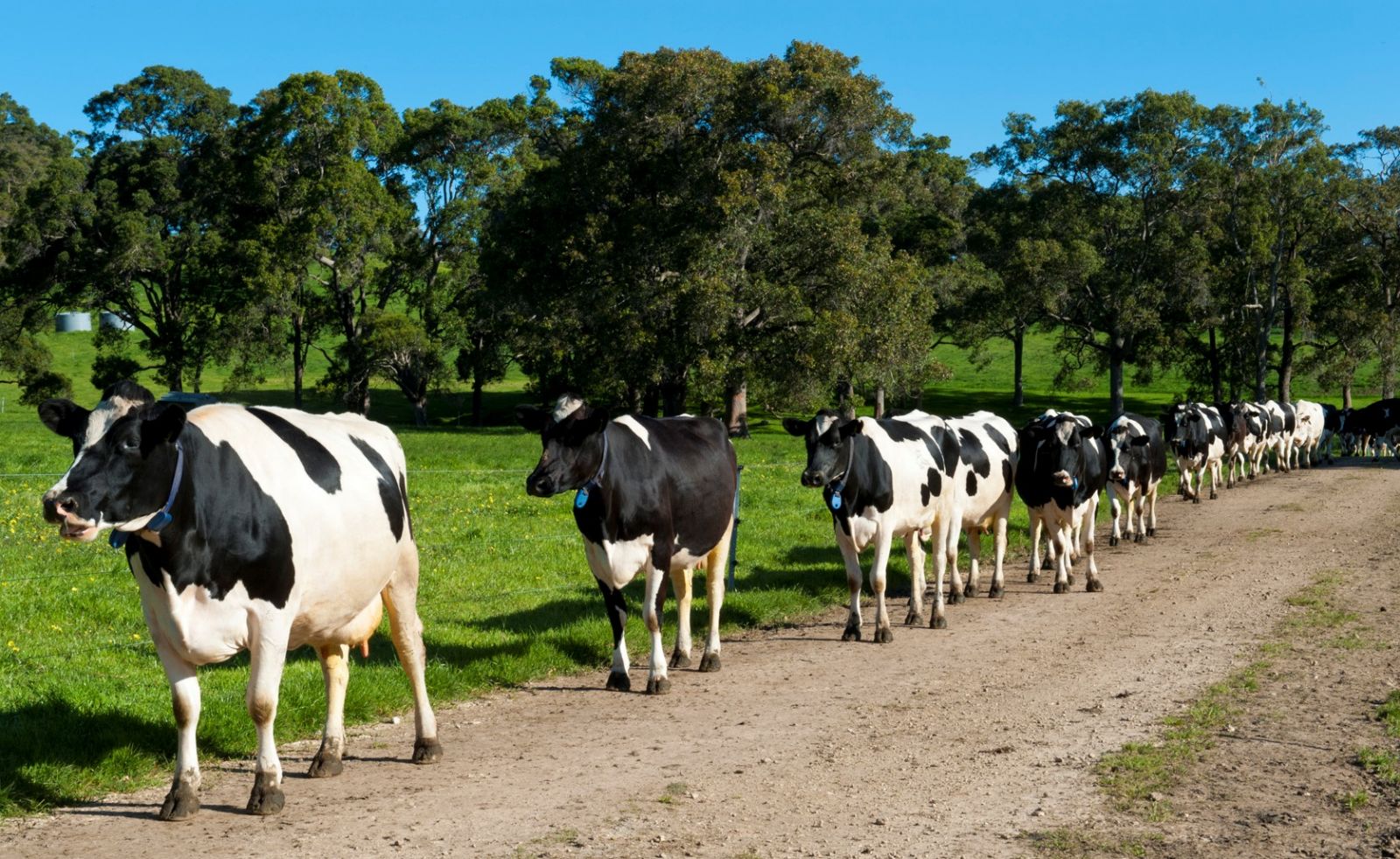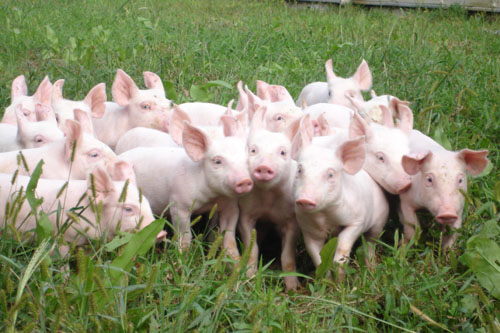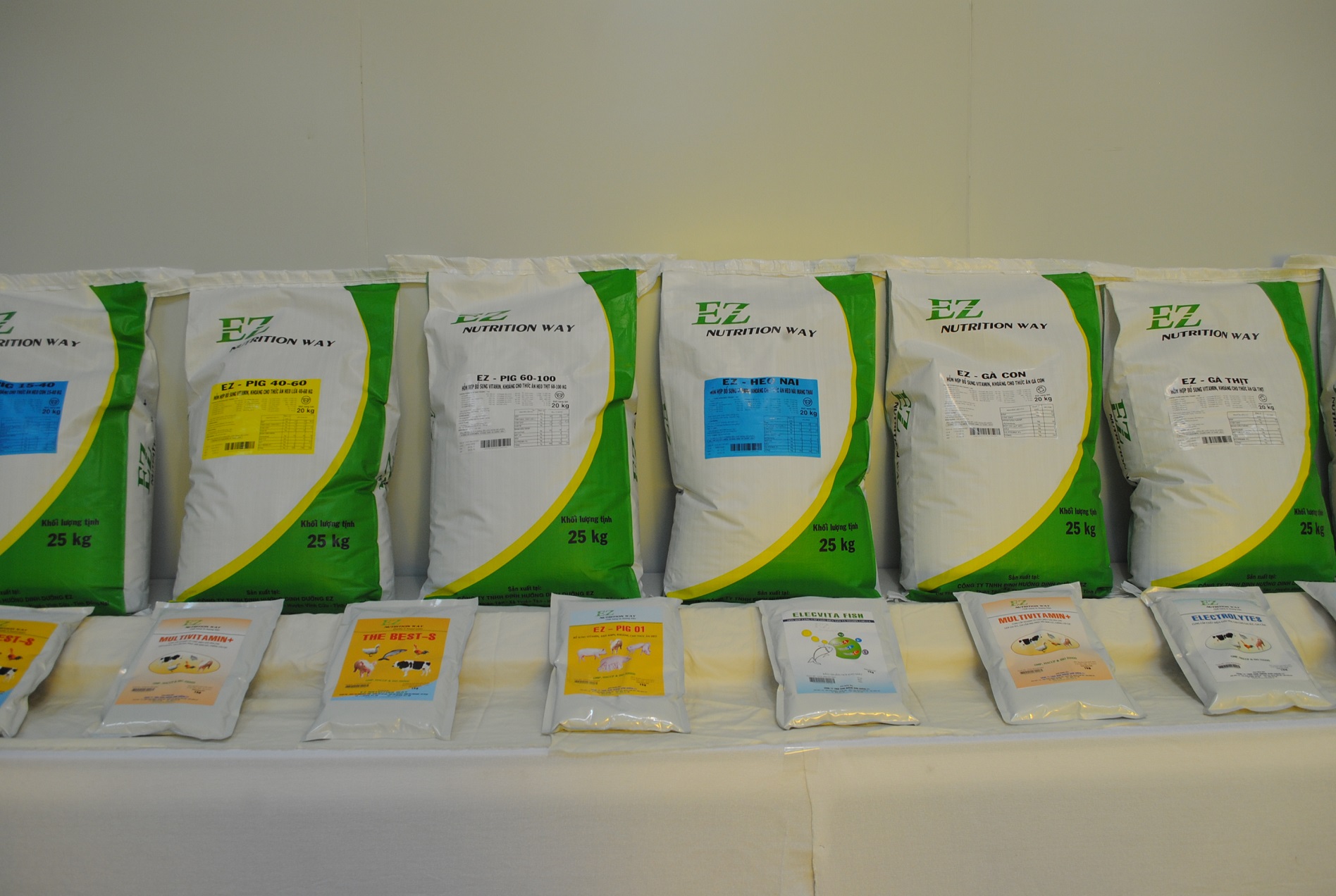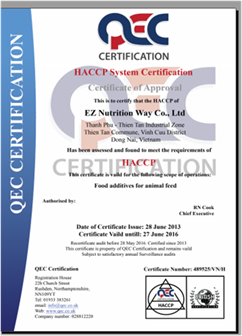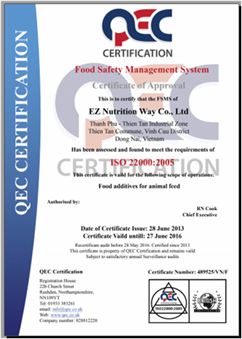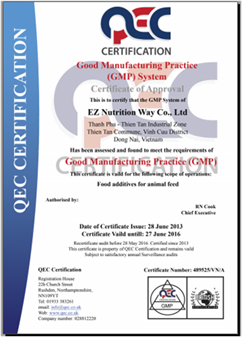Swine Feed and Nutrition
For the most part, nutrients can be divided into five categories: vitamins, minerals, protein, water, and carbohydrates. Other than water, which is generally given separately and freely, the other nutrients are supplied through the swines feed. Swine feed usually consists of corn,soybean oil meal, vitamins and minerals. By mixing the feed ingredients, farmers can adjust the amounts of nutrients the swine feed contains therefor balancing the pigs diet for optimal growth.
Now that we know the nutrients needed to supply the pig a balanced diet let dig into each category and see what exactly each one does to benefit the pig.
Vitamins: These are broken into two classes and aid in the assimilation of the nutrients. Fat soluble (A,D,E,K) and water soluble ( all the B vitamins). Water soluble vitamins must be supplied daily through the swine feed, while the fat soluble vitamins can be stored in the pigs body for a while. Let’s take a closer look at what these vitamins do for the pig.
Fat Soluble Vitamins:
Vitamin A (carotene) can be found in corn and alfalfa, although it deteriorates when stored. The pig converts the carotene and uses the vitamin to maintain the epithelial cells that make up the outer skin and the digestive and respiratory lining.
Vitamin D comes from ingredients that have been exposed to sunlight and some comes from the pigs exposure to sun. Vitamin D aids in the utilization calcium. Strong bones and winning smile.
Vitamin E is used for normal muscle activity and for reproduction. It also helps in fighting infection, producing hormones, and preventing the membrane around individual cells from deteriorating.
Vitamin K assists calcium and vitamin D metabolism and is required in the blood in order to form clots.
Water Soluble Vitamins:
These vitamins are all from the B vitamin group also known as B-complex. B vitamins that are typically used in swine feed include niacin, thiamine, riboflavin, B12, pantothenic acid, and pyridoxine. These vitamins assist in the conversion of swine feed into energy for growth as well as helping to maintain the lining of the digestive organs.
MINERALS
The pig needs minerals to assist in chemical reaction that occur in the pigs body and in the body tissue itself. The macro-minerals needed by the pig are salt, calcium, and phosphorus. Salt is needed to maintain a healthy appetite and to promote water consumption naturally. Calcium is important to bone formation. Phosphorus assists in utilizing energy and is also involved in bone building.
There are other minerals needed by pigs and they are called trace minerals or micro-minerals. These include copper, iron,zinc, manganese, iodine, selenium, and magnesium. Most commercial pig farms keep pigs inside barns on concrete, therefor it is necessary to add these trace minerals to a pigs diet or to give the pigs mineral supplements in solid form. The pig is the most likely farm animal to suffer from mineral deficiencies due to their diets, rate of growth, and lack of roughage.
Proteins and Amino Acids
Historically, the term crude protein has been used as the indicator that reflects the requirements needed in a pigs diet. The term crude protein however, actually refers to the amino acids found in swine feed or any other feed. Protein itself, is composed of 20 simple building blocks that we know as amino acids. Pigs need amino acids for muscle formation and other body proteins. By varying the combination and arrangements of amino acids we can produce various proteins.
There are ten essential amino acids that a pig’s body cannot produce. By missing even one of these amino acids, the pig’s development can suffer greatly. Many of us have seen advertisements for corn fed pigs. While pigs truly love corn, there is not enough of the amino acid lysine to support proper growth. Many feed manufacturer’s will add lysine directly to the mixture since corn is a major component in swine feed.
Swine feed must include these ten essential amino acids: lysine, tryptophan, methionine, threonine, cystine, valine, isoleucine, histidine, arginine, and phenylanline. When determining protein quality in swine feed keep these factors in mind as most cereal grains used in swine feed are low in lysine, threonine, tryptophan, and methionine.
Fats and Carbohydrates
Carbohydrates and fats that are found in swine feed are the main source of energy for a pig. Through metabolism, the pigs body converts the feed into a viable nutrient source. Carbohydrates and fat are the primary fuel source that is used to maintain body temperature and to produce muscle movement.
Pigs require large amounts of energy in order to grow at their maximum potential. That is why a pigs body will store energy in the form of fat. The major source of the pigs energy comes from swine feed in the form of carbohydrates that can be found in grains such as corn, sorghum, and wheat. It is common to see any and all of these grains in swine feed.
Source:littlepigfarm.com
- Zearalenone and Reproductive Function in Farm Animals
- Common Poultry Diseases 1
- NUTRITION WAY on the way to self-innovation and improvement
- Vietnam seafood exports to reach US$1.7 billion in QIV
- Animal feed import reduction necessary for VN
- Healthy appetite for animal feed raw material imports
- Tien Giang announces A/H5N1 flu on poultry
- City council to vote on backyard chickens
- Breeding and feeding get closer in next 10 years
- Reducing dietary crude protein levels in growing pigs



